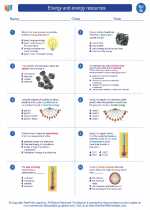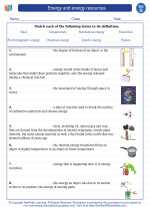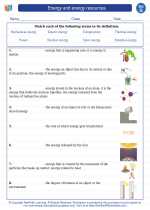Communication
Communication is the process of exchanging information, ideas, thoughts, and feelings. It is a vital aspect of human interaction and is essential for the functioning of societies, relationships, and organizations.
Types of Communication
Communication can be classified into several types:
- Verbal Communication: This involves the use of spoken or written words to convey a message. It includes face-to-face conversations, phone calls, speeches, and letters.
- Non-verbal Communication: This type of communication involves the use of body language, gestures, facial expressions, and eye contact to convey a message.
- Visual Communication: Visual communication involves the use of visual aids such as graphs, charts, diagrams, and videos to convey information.
- Interpersonal Communication: This type of communication occurs between two or more people and is essential for building and maintaining relationships.
- Mass Communication: Mass communication involves the transmission of information to a large audience through mediums such as television, radio, newspapers, and the internet.
Importance of Communication
Effective communication is crucial in various aspects of life:
- It fosters relationships and enhances social interactions.
- It is essential for the success of businesses and organizations.
- It plays a vital role in the educational process, facilitating learning and understanding.
- It is necessary for conveying emotions, thoughts, and ideas.
Barriers to Communication
Several barriers can hinder effective communication:
- Language barriers: Differences in language can impede communication between individuals who do not speak the same language.
- Cultural barriers: Diverse cultural backgrounds can lead to misunderstandings and misinterpretations.
- Physical barriers: Environmental factors such as noise, distance, and poor lighting can hinder communication.
- Psychological barriers: Emotions, biases, and prejudices can affect the way a message is received and interpreted.
Study Guide
To better understand the concept of communication, consider the following study guide:
- Define communication and its significance in various contexts.
- Identify and explain the different types of communication.
- Explore the importance of effective communication in personal, professional, and social settings.
- Discuss the potential barriers to communication and how they can be overcome.
- Examine real-life examples of successful and unsuccessful communication scenarios.
Understanding the principles of communication is essential for effective interaction and building strong relationships in both personal and professional settings.
.





